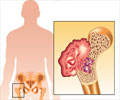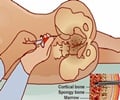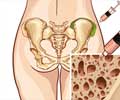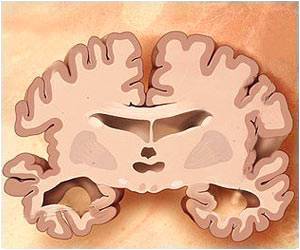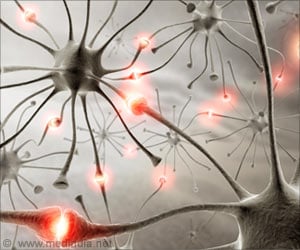Spaniards are unknowingly affected from Hypophosphatasia (HPP), a rare and serious hereditary disease that is potentially life-threatening.

‘Due to its low prevalence, this metabolic disorder is usually misdiagnosed and is often confused with more common bone disorders such as osteoporosis.’
Read More..




To progress toward its correct clinical evaluation, researchers from the Centre for Biomedical Research in Fragility and Healthy Ageing (CIBERFES) of the research group led by UGR researcher Dr Manuel Muñoz Torres in Granada's Biohealth Research Institute of Granada (San Cecilio University Hospital) have implemented a protocol to assess the real proportion of patients affected by this disease. Read More..
They have also validated the phenotype associated with the two new mutations identified by means of bioinformatics studies and in vitro assays at the cellular level.
They concluded that almost half of the patients in the study had not been correctly diagnosed and that, extrapolating the data to the Spanish population, there could be as many as 15,000 cases potentially undetected.
Researchers Cristina and Beatriz García Fontana explain that this study, published in Scientific Reports, "provides evidence that it is essential to perform a correct clinical assessment to make a correct diagnosis of this disorder and provide suitable treatment to those patients affected." Due to its low prevalence, this metabolic disorder is usually misdiagnosed and is often confused with more common bone disorders such as osteoporosis, leading to erroneous treatments that could actually worsen the prognosis.
Scientists in the CIBERFES research group estimate that the prevalence in Spain could be twice that quantified in previous studies. To perform this extrapolation, evaluation of serum levels of total alkaline phosphatase was carried out on a sample of 78,590 patients (76,083 adults and 2,507 children) over the course of 2016. Among the adult population, 1,907 people were identified as having ALP levels below the reference range.
Advertisement
"Using the protocol described in our study, we discovered that 7 of these 16 patients were affected by hypophosphatasia, which indicates that almost half of the population we studied was not correctly diagnosed in normal clinical practice," observes Dr. García Fontana of CIBERFES. Extrapolating these data to the Spanish population, there could be 4,000 potential cases of hypophosphatasia currently undiagnosed--and there could be many more.
History of bone fracture and dental abnormalities Of the patients analyzed at the hospital, none presented a family history of HPP or rickets in childhood, but eight patients (7 of them women) did suffer from prevalent fractures, six of them suffered from symptomatic chondrocalcinosis, and 5 presented dental anomalies. Regarding the biochemical evidence, ten adults presented lower alkaline phosphatase and higher levels of the PLP substrate compared to the reference values. Of these ten, 7 presented mutations of the ALPL gene, two of which had not previously been described.
Hypophosphatasia in adults involves a loss of mineralization, which gives rise to recurrent fractures, femoral fractures, a history of rickets, and musculoskeletal pain, plus certain dental conditions. Among children, it is much more serious and can cause brain damage, respiratory problems, and even premature death in babies.
Source-Eurekalert


